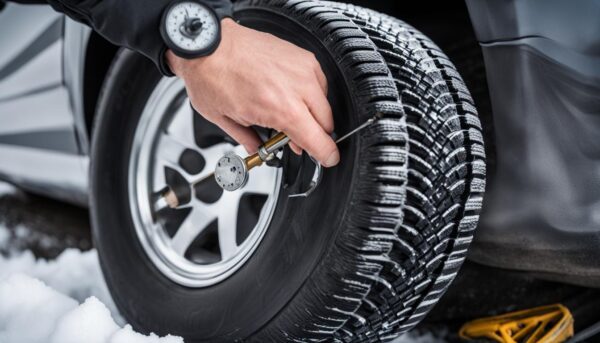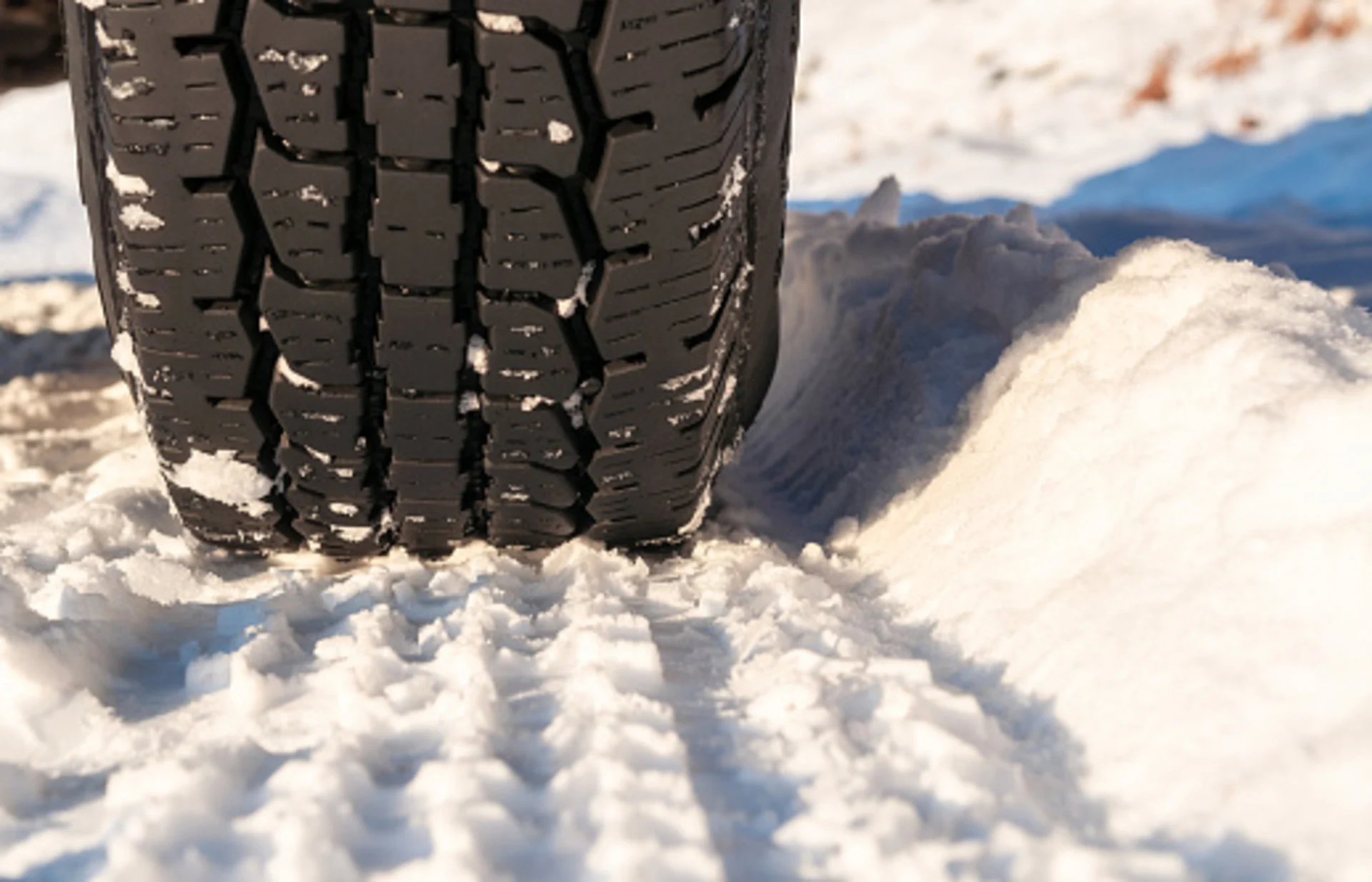Winter roads demand preparation. Slick streets, icy patches, and surprise snowfalls make vehicle safety a priority. Your tires are the first line of defense, ensuring your car can handle the season’s challenges. But are they ready? Let’s figure it out.
Key Points
- Check tread depth to ensure grip.
- Replace worn tires to avoid slipping.
- Inspect air pressure regularly during cold months.
- Consider snow tires for better traction.
- Rotate wheels to maintain even wear.
How to Tell if Your Tires Are Ready

Tires wear down over time, and that wear can leave you vulnerable in winter conditions. A quick inspection can help you decide if it’s time to take action. Look for visible cracks or bulges, which can indicate structural issues. Check the tread depth; it’s the grooves in your tire that provide the traction needed for icy roads.
One of the easiest ways to check tread depth is the coin test. Insert a coin into the tread with the top of the coin facing outward. If you can see the top of the coin above the tread, your tires are too worn to safely handle snowy roads.
For those looking to replace their wheels without overspending, affordable, high-quality used options are available. For example, Rectangle Auto Supply offers a wide range of durable used tires that can keep you safe and save you money—click here for more information.
Why Winter Tires Are Worth It
Winter tires are specifically designed to tackle the unique challenges of cold weather. They aren’t just a marketing gimmick—they’re a real investment in safety.
Unlike regular tires, winter tires remain flexible in low temperatures, providing better traction on icy and snowy surfaces.
The tread patterns on winter tires are deeper and designed to push away snow and slush. This helps maintain control even when the road conditions are at their worst.
By switching to winter tires, you’ll reduce your chances of skidding, improve your stopping distance, and make your winter driving experience much safer.
Benefits of Winter Tires
- Superior grip in cold conditions – Winter tires outperform all-season tires in freezing temperatures.
- Shorter braking distances – On icy roads, stopping quickly can save lives.
- Improved cornering ability – Winter tires provide more stability, reducing the chance of sliding out of control.
Maintaining Your Wheels During Winter

Once your wheels are ready for winter, the work doesn’t stop there. Maintenance is crucial for keeping them in peak condition. Low temperatures cause air pressure to drop, which can lead to underinflated tires. Underinflation not only affects performance but also shortens the life of your tires and decreases fuel efficiency.
Check your tire pressure weekly during the winter months. Most vehicles have recommended pressure levels listed in the owner’s manual or on a sticker inside the driver’s door. Use a reliable pressure gauge and adjust as needed.
Rotation is another essential maintenance task. Tires wear unevenly depending on their position on the vehicle. Regular rotation helps distribute wear evenly across all four tires, extending their lifespan and improving safety.
Tips for Safer Winter Driving
Having the right tires is just one part of staying safe in winter. How you drive plays a huge role in avoiding accidents. Snow and ice reduce traction, so it’s important to adjust your driving style.
- Slow down: Speeding on icy roads is a recipe for disaster. Driving at lower speeds gives you more control.
- Leave extra space: Increase the distance between your car and others. This gives you more time to react to sudden stops.
- Avoid abrupt movements: Hard braking or sharp turns can cause skidding. Gradual actions help maintain control.
Prepare for emergencies by keeping a winter survival kit in your car. Include items like a flashlight, jumper cables, blankets, a small shovel, and non-perishable snacks.
Do You Need All-Wheel Drive?
Many drivers assume that all-wheel drive (AWD) is the ultimate solution for winter conditions. While AWD does improve traction during acceleration, it doesn’t help much with braking or cornering. You might feel more confident with AWD, but overconfidence can lead to risky behavior.
Proper tires are still the most important factor in winter safety. Pairing AWD with winter tires gives you the best possible combination for handling snow and ice.
Conclusion

Winter driving demands preparation. Start with an honest evaluation of your tires. Replace them if needed, and consider investing in winter-specific options for maximum safety. Proper maintenance, including pressure checks and rotation, ensures your wheels stay in top condition throughout the season.
Adapt your driving habits, keep a winter survival kit in your car, and don’t rely solely on AWD. By following these tips, you can face winter roads with confidence. Stay safe out there, and enjoy the season!







